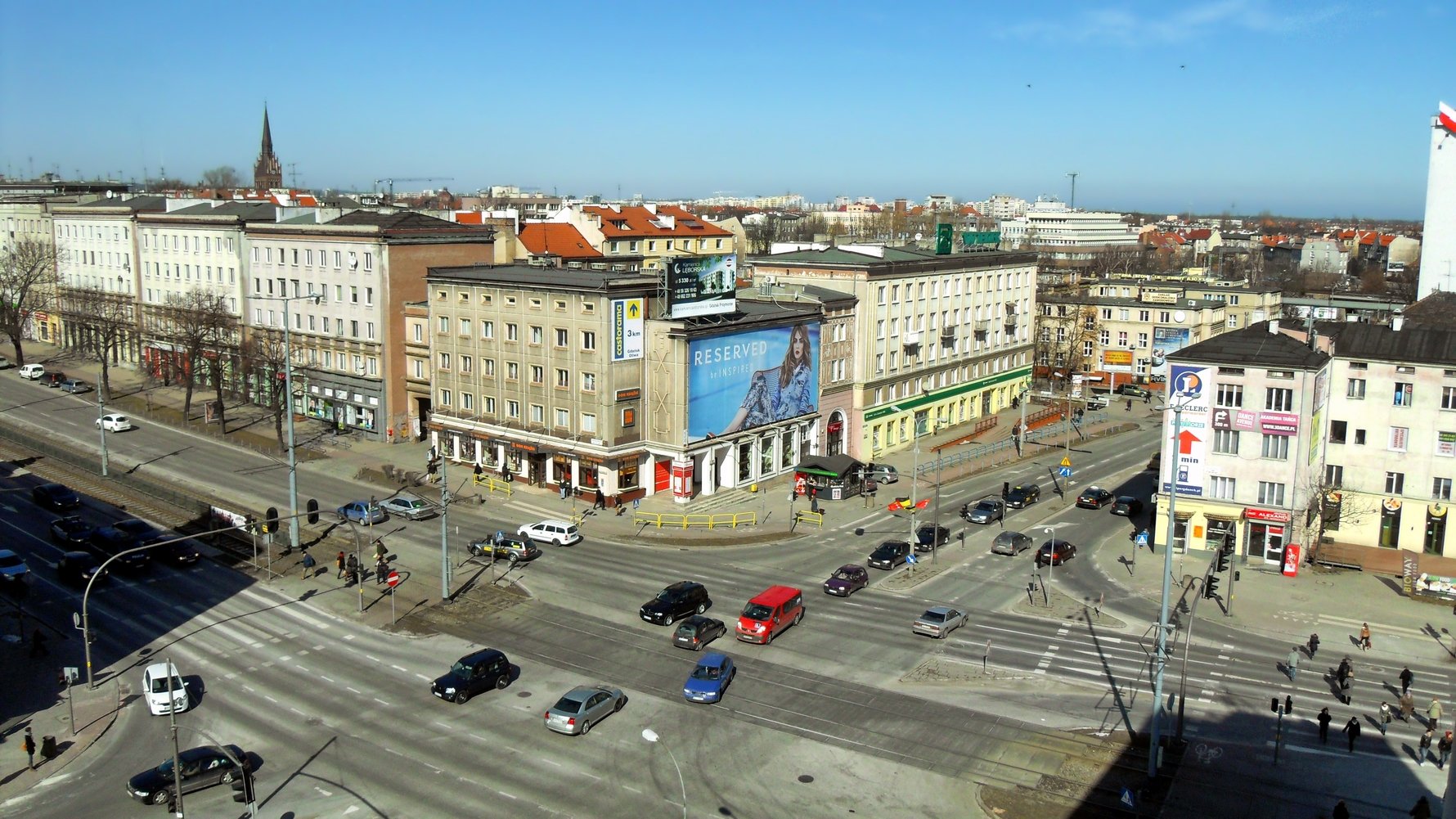Poland remains one of Europe’s leading nations in road fatalities, a statistic that will surprise few who have had the pleasure of using the roads here. A lethal combination of poor road surfaces, networks unsuited to the volume of different traffic and, most of all, aggressive driver behaviour result in the common sight of accidents and traffic jams around the country. Exercise caution, keep a safe distance from the vehicle in front, rub those rosary beads and God speed.
The speed limit in Poland is generally 50km/hr in cities, 90km/hr outside urban areas, 120km/hr on dual carriageways and 140km/hr on motorways. Cars must have their headlights switched on at all times and carry a red warning triangle, first aid kit, replacement bulbs, a national identity sticker and proper registration and insurance documents. Poland also has strict drunk-driving laws: 0.2‰ is the maximum blood/alcohol limit, so forget about having even a single beer. EU citizens may use their home driving licences as long as they are valid (and you have it on you when driving), however citizens of countries that didn’t ratify the Vienna Convention (tsk, tsk Australia and America) will find their licences technically invalid (though this has never been a problem for anyone we know).

Getting to Gdańsk By Car
There are three main routes into the Tri-city: the E28 from the west via Gdynia; the E77 from the south-east which enters the city via Gdańsk and the A1 highway from the south.
Parking is available once you arrive in Gdańsk but remember that the Old Town area is permit parking only and you will be fined by the city police for driving into the Old Town without a pass. Watch out for the signs marking the start of the permit parking zone. You will have to use street parking which is paid for (5.50/3.9zł for the first hour) and you will need to buy a ticket at the street machine.



